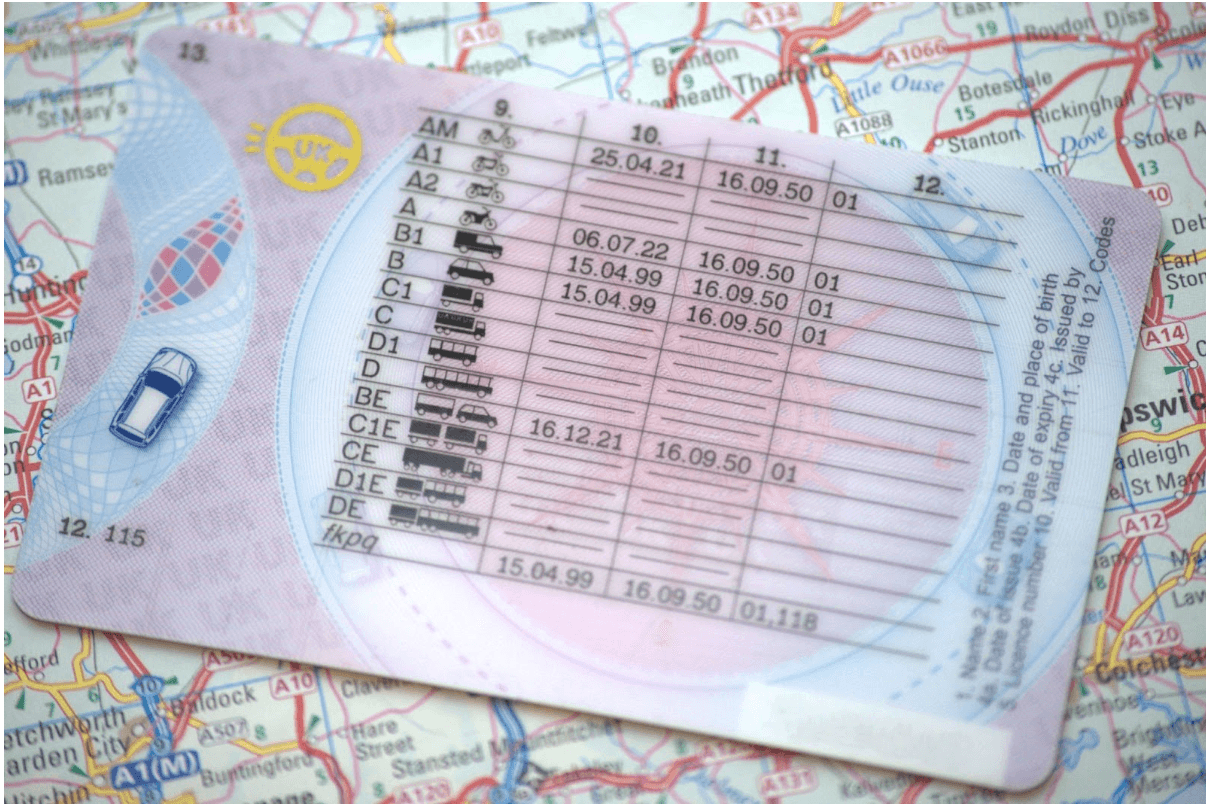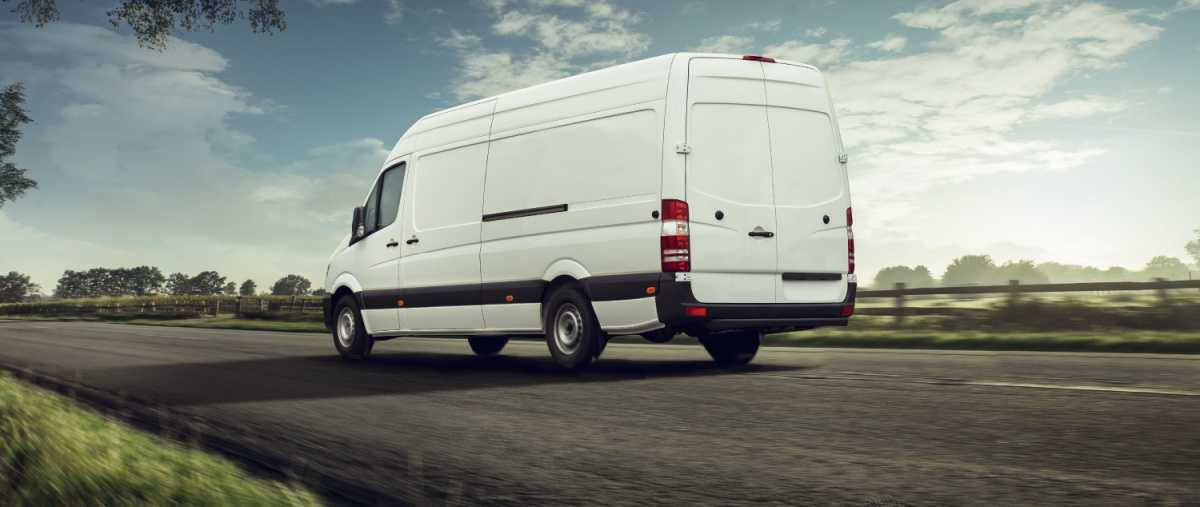What size van can I drive in the UK?
The complexities of UK driving licence categories can sometimes confuse van owners.
When determining the size and type of van you can legally drive, the rules vary depending on when your licence was obtained and your specific vehicle.
With a standard car driving licence, you're typically allowed to drive small to medium-sized vans within certain weight limits. However, driving larger vans or those intended for specific purposes might require additional qualifications and licensing.


Can I apply for a van driving licence?
In the UK, there is no licence specifically for vans.
Instead, your ability to drive a van is determined by the categories on your standard driving licence. However, if you're looking to drive larger vehicles or tow a trailer with your van, you must add additional categories to your existing driving licence, which may require you to undergo specialised training and a further test.
Can I drive a van with my UK car driving licence?
If you have a standard UK car driving licence (category B), you can drive a van, but there are specific conditions and limitations based on the vehicle's weight and the date you passed your driving test.
With a standard UK car driving licence, you're allowed to drive vans that weigh no more than 3.5 tonnes (3,500 kg): this includes the weight of the van and any load it carries, known as the maximum authorised mass (MAM) or gross vehicle weight (GVW).
This limit applies to drivers who passed their test on or after January 1, 1997. However, If you passed your driving test before January 1, 1997, you can drive vehicles of up to 8,250 kg MAM with a regular car licence.
The higher weight limit accommodates the different licence regulations in place at that time.
Can I drive an electric van on my UK driving licence?
One notable change in van allowances occurred in 2017 when the UK government allowed category B licence holders to drive electric vans weighing up to 4,250kg.
Initially, drivers with a category B licence were required to complete a minimum of 5 hours of additional training to operate electric vans between 3.5 and 4.25 tonnes. Yet, in late 2023, The Office of Zero Emission Vehicles (OZEV) proposed removing the training requirement for driving these heavier electric vans.
Some government officials believe that doing so will encourage more drivers to turn to electric vans as an environmentally friendly alternative.
What vans can I drive with my full UK driving licence?
Holding a category B driving licence gives you access to a huge range of popular vans. Mercedes-Benz, Volkswagen, Ford, Vauxhall and many other manufacturers have a comprehensive line-up of vans in their ranges, catering for everything from small, compact vehicles to some of the most common commercial vehicles you see on the UK's roads, including those below;
Volkswagen Transporter
The Volkswagen Transporter, acclaimed as the best-selling van in history, has sold millions of units globally.
Designed for dual-purpose use (serving both passenger and commercial needs), the Volkswagen Transporter has been an excellent choice for new van drivers since production began in 1950.
Ford Transit
As a light commercial vehicle, the Ford Transit van is renowned for its role as a workhorse in goods transportation and is arguably the most popular van model in the UK. It comes in a variety of sizes, configurations and power-train options.
Mercedes-Benz Sprinter
First launched in Europe in 1995 as a replacement for the T1 Transporter van, the Mercedes-Benz Sprinter remains a popular choice for van drivers. The Sprinter is known for its versatility, available in cargo, passenger, and crew configurations.
How do I know which type of licence I have?
If you're still unsure about the size and type of van you're legally entitled to drive, then get to know your licence better!
Column 9 lists the types of vehicles the licence holder is permitted to drive: this includes different vehicle categories, each represented by specific letters or combinations of letters and numbers.

Column 10 indicates the start date from which the driver is authorised to operate vehicles in each listed category. Column 11 shows the expiry date for each vehicle category, meaning the driver cannot operate vehicles in that category beyond this date.
Column 12 contains various driving licence codes that specify any restrictions or conditions specific to the driver. These could be related to health conditions, vehicle modifications, or other requirements.


FAQs
Is there an age restriction on driving a van?
Drivers of 18 years or older with a full category B standard licence are legally entitled to drive vans weighing up to 3,500kg. However, if the van weighs over 3.5 tonnes, you must be 21 or over, or 18 if you have passed a Driver Certificate of Competence (CPC) qualification.
Can I drive a van on a provisional licence?
Yes, you can drive a van on a provisional licence in the UK. The conditions are similar to those for cars: you must hold a valid provisional licence and be accompanied by someone aged 21 or over who has at least three years of driving experience.
Does my new van need an MOT?
Yes, your new van needs an MOT three years from its initial registration.

